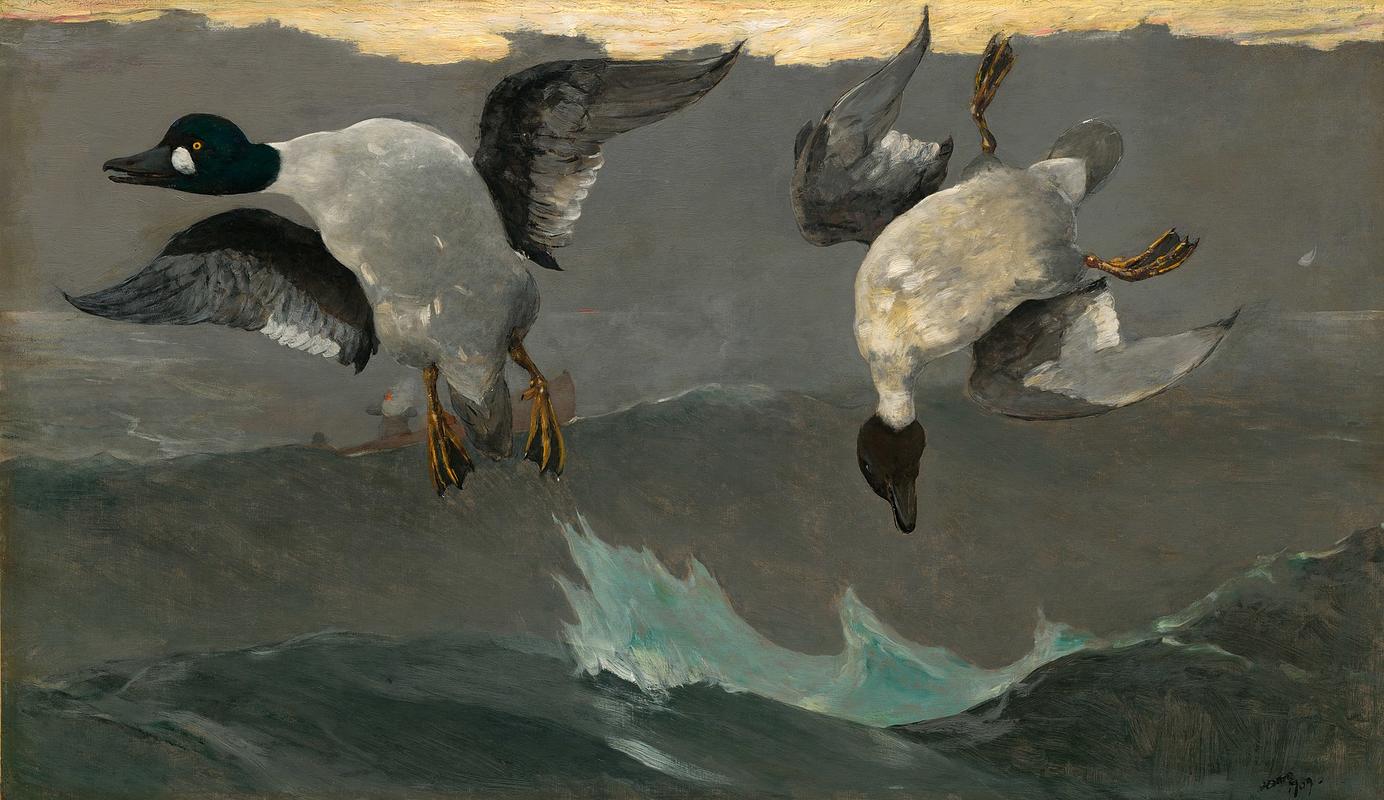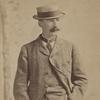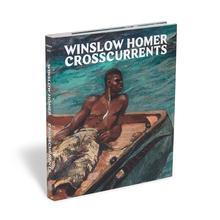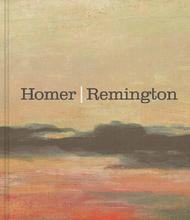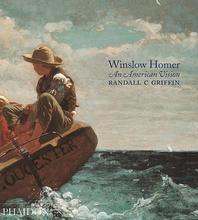More about Right and Left
- All
- Info
- Shop
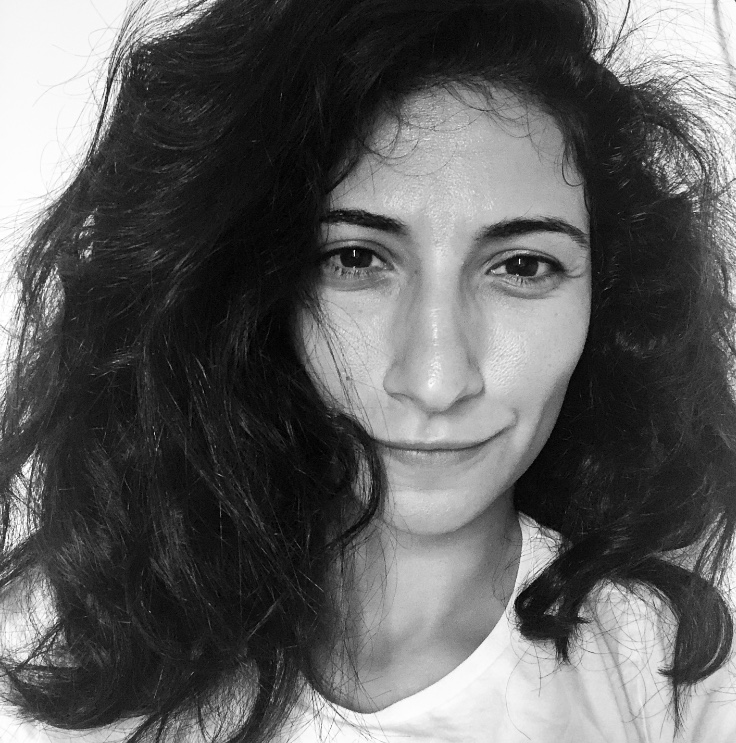
Contributor
Two Goldeneye ducks are shot down into the ocean in Winslow Homer’s Right and Left. Bang bang!
Winslow Homer had a studio in Prouts Neck, Maine, where he painted from 1883 to 1910. A real hunter’s painter, Homer painted wildlife, his subject matter including both fish and birds. There is a hunter in Right and Left, but he remains unseen. There is smoke, but it is barely visible; only the ducks are witnessed - the true stars of the show. The pair in question are Goldeneye ducks (Bucephelia clangula) native to Maine, where they are also known as Whistler ducks, not in any relation to that other artist, but due to the sound their wings make in flight.
There is some ambiguity regarding what exactly is happening in this picture. Has the duck on the right been shot, its limp body plummeting lifeless to the ground? It is equally plausible that the bird is diving in a sort of defensive maneuver, and that the hunter has missed. This uncertainty has caused scholars to wonder if the painting is less about hunting and more about the junction between life and death, a subject Homer may have been especially attuned to at the time. He was a real wreck when he started to work on Right and Left, as it was only seven months after he suffered a stroke, narrowly eluding death himself. Unfortunately, it would come for him shortly, only about a year and a half from the completion of this painting. This lends credibility to one scholar's suggestion that the painting represents "[Homer's] poignant identification with the hunted."
Right and Left’s first owner was a Mr. Randal Morgan. Morgan was interested in Homer’s painting, but before he could think about dropping a whopping $5000 on it, he had some questions that desperately needed answering. First and foremost, he wondered exactly what direction was the blue wave traveling in? Has it just crashed upon the rocks, or is it headed out to sea? Like the pulse of the right duck, it remains a mystery. Though earlier in his career he would meet questions like this with sarcasm, Homer must have given a suitable answer, as Morgan did go on to purchase the painting, for which Homer received a sum of $4000 (after his gallerist's commission, of course.)
Sources
- ArtfixDaily, “An Albert Bierstadt/Winslow Homer Conundrum,” April 21, 2014. Accessed Aril 20, 2020. http://www.artfixdaily.com/artwire/release/903-an-albert-bierstadt-wins…
- Brian T. Allen, “What is American about American Art,” National Review, September 2, 2017. Accessed Aril 20, 2020. https://www.nationalreview.com/2017/09/national-gallery-art-seven-paint…
- Bunn, James H., The Natural Law of Cycles: Governing the Mobile Symmetries of Animals and Machines. New Brunswick: Transaction Publishers, 2014.
- Cooper, Helen A., Winslow Homer Watercolors. New Haven: Yale University Press, 1986.
- Kelly, Franklin, Nicolai Cikovsky, Deborah Chotner, and John Davis. American Paintings of the Nineteenth Century: Part I. Washington: National Gallery of Art, 1996.
Featured Content
Here is what Wikipedia says about Right and Left
Right and Left is a 1909 oil on canvas painting by the American artist Winslow Homer. It depicts a pair of common goldeneye ducks at the moment they are hit by a hunter's shotgun blast as they attempt to take flight. Completed less than two years before his death, it was Homer's last great painting, and has been the subject of a variety of interpretations regarding its origin, composition and meaning. As with his other late masterworks, it represents a return to the sporting and hunting subjects of Homer's earlier years, and was to be his final engagement with the theme. Its design recalls that of Japanese art, and the composition resembles that of a colored engraving by John James Audubon.
Check out the full Wikipedia article about Right and Left

